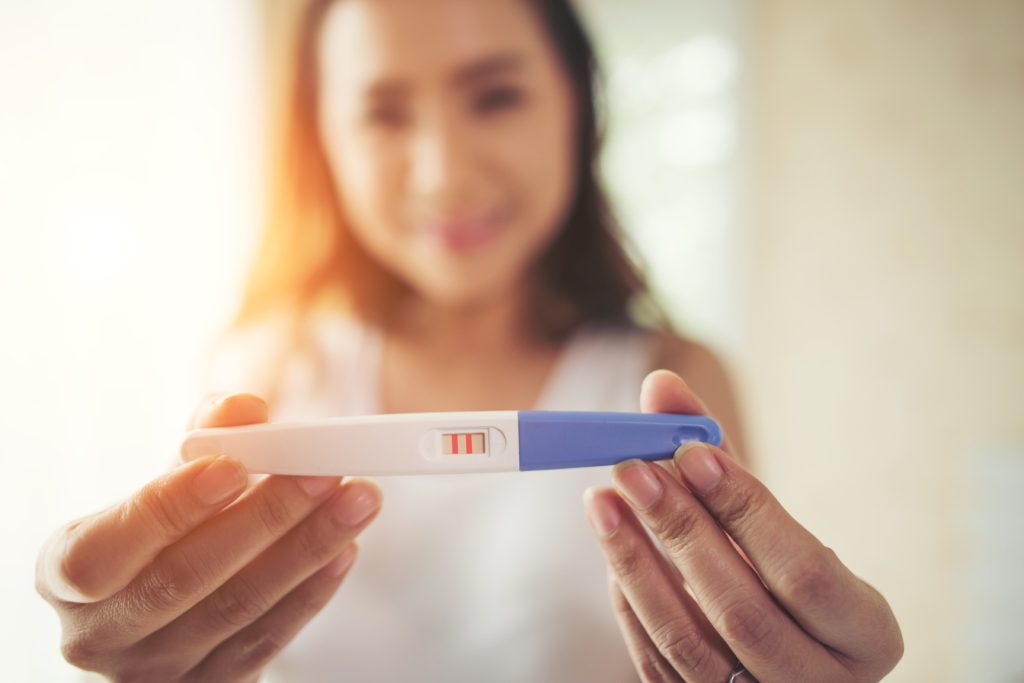The Early Days of Pregnancy Testing
The earliest methods of detecting pregnancy were crude and unreliable. For instance, in ancient Egypt, women would urinate on barley and wheat seeds to determine whether they were pregnant. If the seeds sprouted, it was believed that the woman was pregnant. Similarly, in ancient Greece, women would observe changes in the colour and appearance of their urine to determine if they were pregnant.
It was in the early 20th century that the first recorded pregnancy test was developed. In 1928, two German physicians named Selmar Aschheim and Bernhard Zondek discovered that injecting the urine of a pregnant woman into a female mouse would cause the mouse’s ovaries to enlarge.
In 1931, the first commercial urine-based pregnancy test was introduced, called the “Rabbit Test.” This test involved injecting a woman’s urine into a female rabbit and observing changes in the rabbit’s ovaries.
However, the rabbit test had many limitations, including being time-consuming and requiring skilled technicians. It also had a relatively high rate of false positives and false negatives. As a result, it wasn’t until the 1960s that a more reliable and practical urine-based pregnancy test was developed.
The Modern Pregnancy Testing Kit
In the 1970s, the modern home pregnancy testing kit was introduced. These kits are based on the same principle as the urine-based pregnancy test but are much easier to use and more reliable. Home pregnancy tests are designed to detect the presence of hCG in a woman’s urine. They use antibodies that bind to the hCG hormone, causing a reaction that produces a colour change or a line on the test strip.
Home pregnancy test kits are very easy to use. A woman must urinate on the test stick or the strip and then wait for the results. Most home pregnancy tests can provide accurate results within a few minutes. These tests are relatively inexpensive and widely available in pharmacies and online stores.
The reliability of home pregnancy tests has improved significantly since their introduction. Most tests can detect hCG levels as low as 20-25 mIU/mL, about the level at which a woman would miss her period. However, false negatives can occur if a woman tests too early or has low levels of hCG. False positives can occur if a woman has recently had a miscarriage, is taking fertility drugs, or has certain medical conditions.
Advancements in Pregnancy Testing
Pregnancy testing technology has witnessed significant development recently. The introduction of early pregnancy testing is one. Early pregnancy tests can detect hCG levels as low as 6-10 mIU/mL, which is about a week before a woman’s missed period. These tests are especially useful for women who are trying to conceive.
Advancement in pregnancy testing has been the use of digital tests. Digital tests use the same technology as traditional home pregnancy tests, but the result is displayed on a digital screen instead of a line or colour change.
Despite the availability of home pregnancy testing kits, it is essential to note that healthcare professionals still play a crucial role in pregnancy testing. Doctors can perform more accurate and reliable tests, such as blood tests. Healthcare professionals can also support and advise women who may be uncertain or anxious about the home pregnancy test results.
Conclusion
The evolution of pregnancy testing has come a long way, from crude and unreliable methods to modern home testing kits. The introduction of the urine-based pregnancy test and, later, the home testing kit has made it easier and more convenient for women to detect pregnancy.
References
https://history.nih.gov/display/history/Pregnancy+Test+Timeline#:~:text=1976,the%201976%20Medical%20Devices%20Act.
https://sitn.hms.harvard.edu/flash/2018/pee-pregnant-history-science-urine-based-pregnancy-tests/
https://en.wikipedia.org/wiki/Rabbit_test
https://www.ancient-origins.net/history-ancient-traditions/bizarre-methods-baby-detection-short-history-pregnancy-test-009764





Comments are closed.